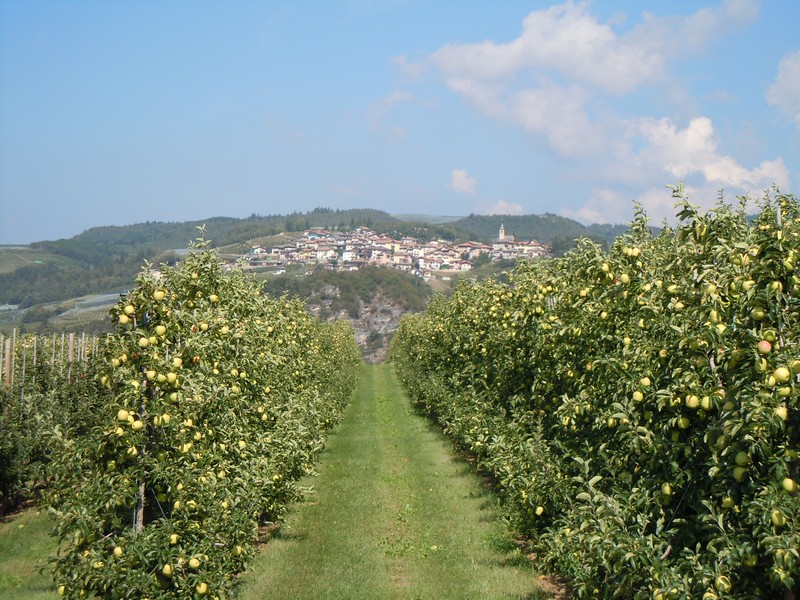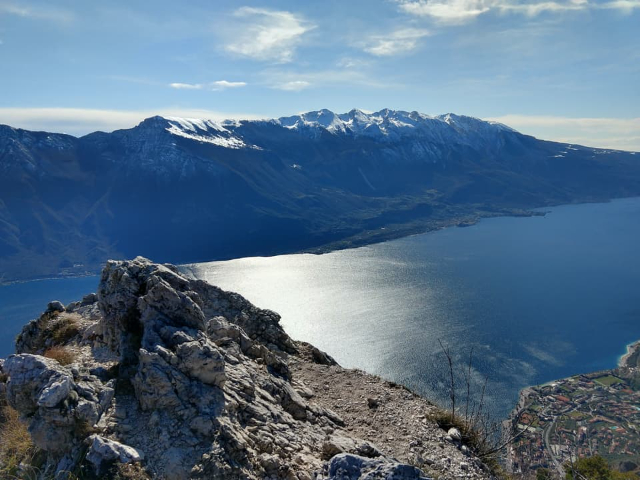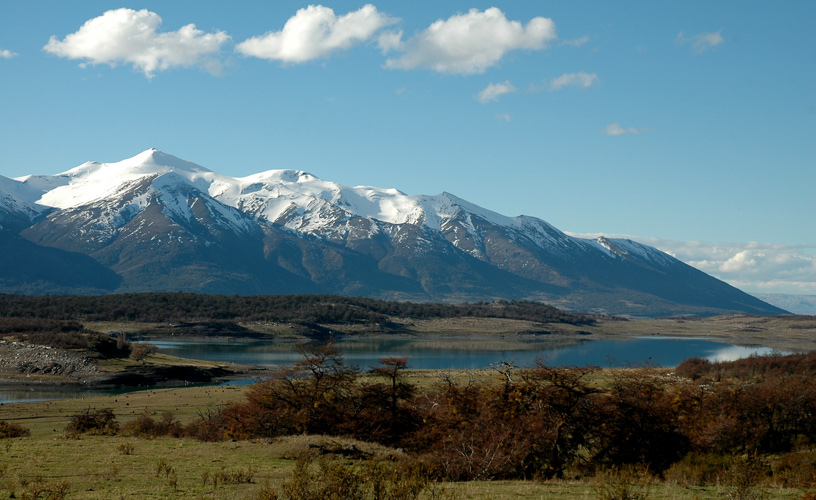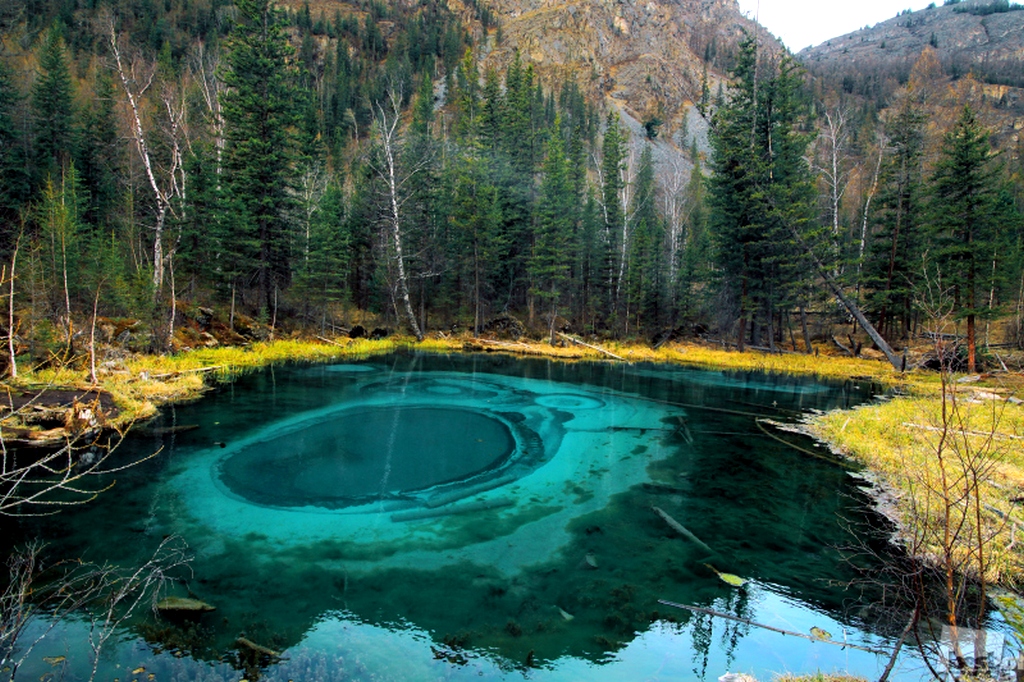As soon as you lay your eyes on it, the Val di Non strikes you with apple orchards that stretch as far as the eye can see, and in September are laden with apples ready to be picked. A landscape that looks simply like a fairy tale.
A constructed landscape, however: this is what the Non Valley looks like today, where apple orchards extend over much of the land up to 1,000 meters above sea level. In the second half of the 19th century, because of the diseases and pests affecting grape growing and jasmine cultivation, some farmers began planting apple trees. For the Cles district alone, fruit production in 1882 was 1,729 quintals. Three years later the number of quintals turns out to have more than doubled: nearly 5,000 in 1885. Of these, about 3,000 were apples, 1,500 pears, 80 cherries, 50 plums, 40 peaches, 40 quinces, and 10 apricots.
In the early decades of the 1900s, the cultivation practice that still prevails in Anaunia is the combination meadow-fruit orchard. The land below the fruit trees is cultivated as forage and the plants, which are tall, are widely spaced. In the 1930s, 40% of Trentino’s fruit production came from the Non Valley, and again 70% of the exported mass came from Anaunia. But it was after World War II that fruit growing became firmly established. The apple boom can be traced to the 1960s and 1970s.
A number of factors benefited the development of the apple orchard, including market trends, the establishment of cooperative structures, the spread and improvement of irrigation systems, mechanization, the use of pesticides, technical assistance guaranteed to growers first by the Esat (Development Board for Trentine Agriculture) then by the Agricultural Institute of San Michele all’Adige, and the policy of incentives desired by the Autonomous Province of Trento.
The main apple varieties grown in Trentino are: Golden Delicious, Red Delicious, Morgenduft, Granny Smith, Idared, Gala (group), Gloster, Elstar, Renetta Canada, Jonagold, Stayman (group), Braeburn, Fuji and others. Golden Delicious participates with more than 65 percent in the varietal composition of Trentino’s apple supply followed by Red Delicious (7 percent) and Renetta Canada (3-4 percent). Varieties such as Gala and Fuji are growing.













